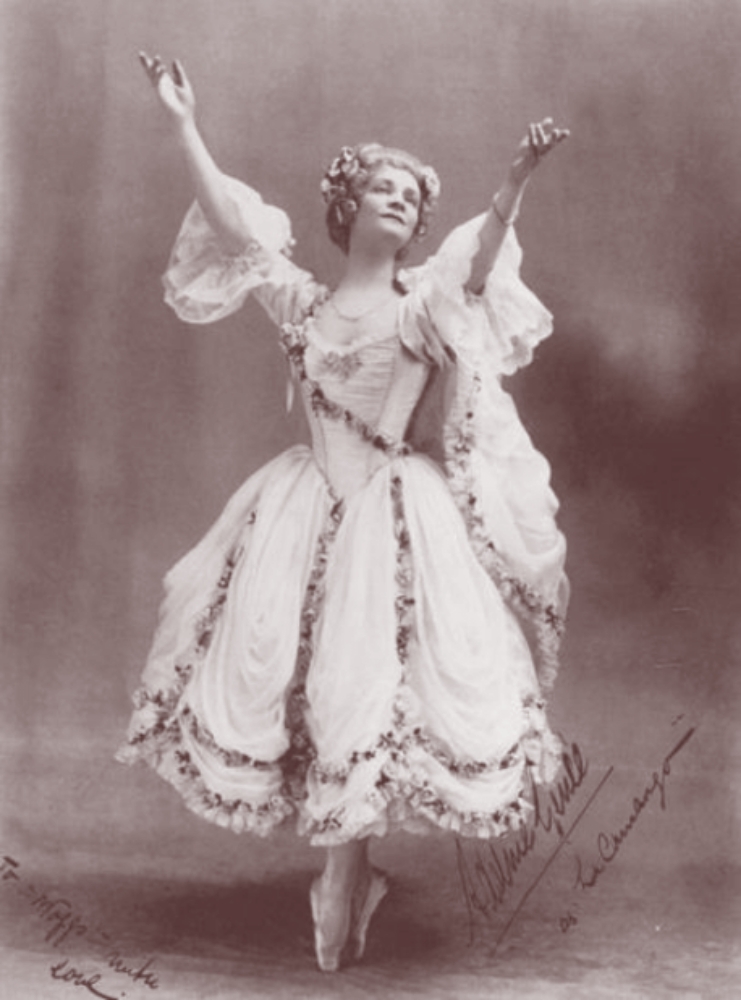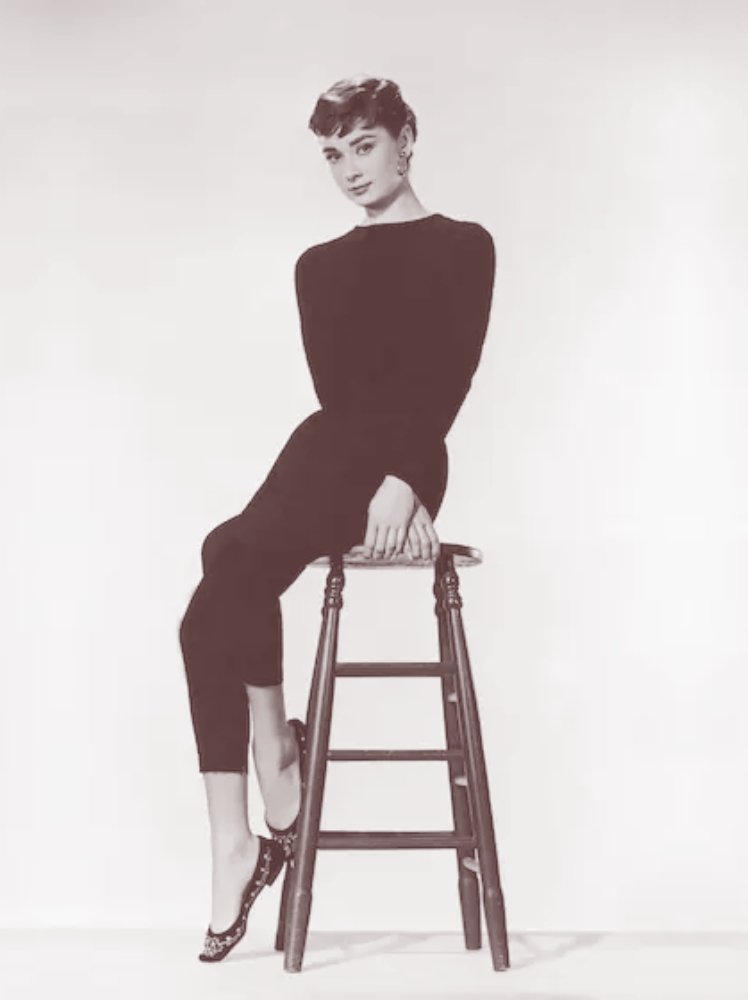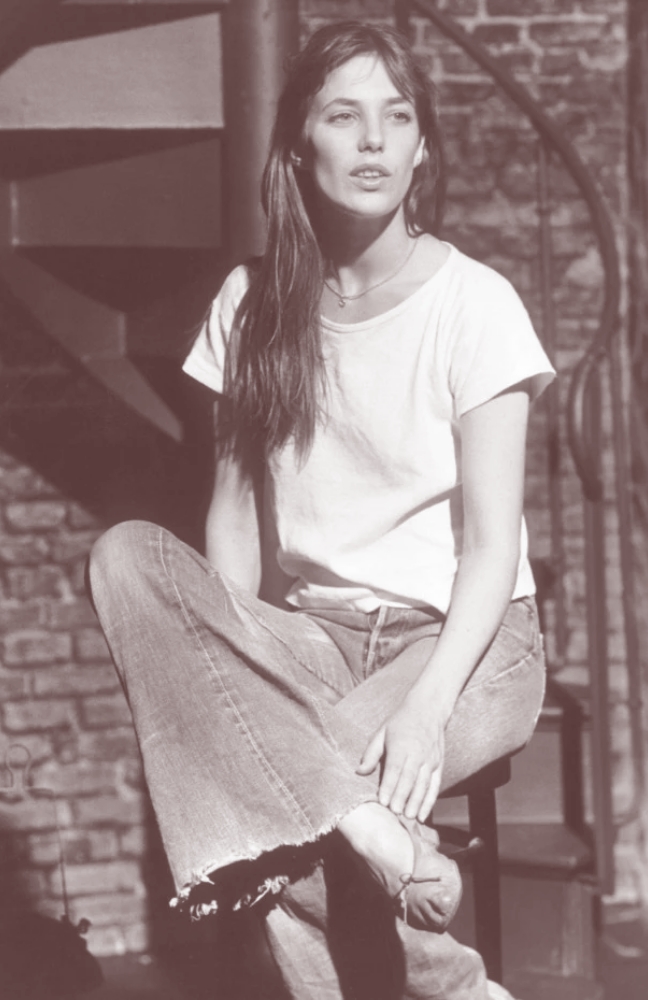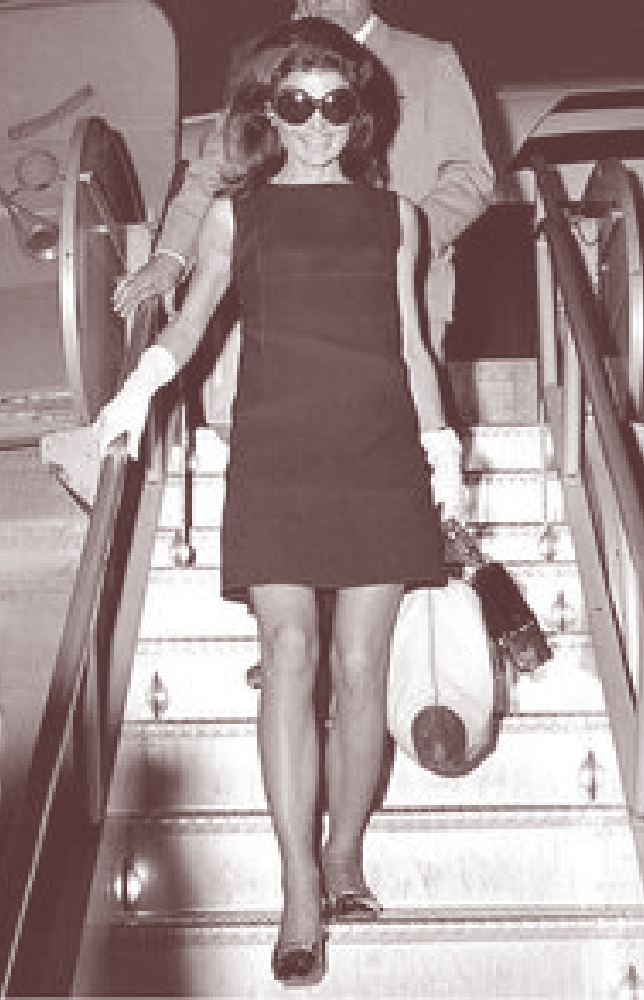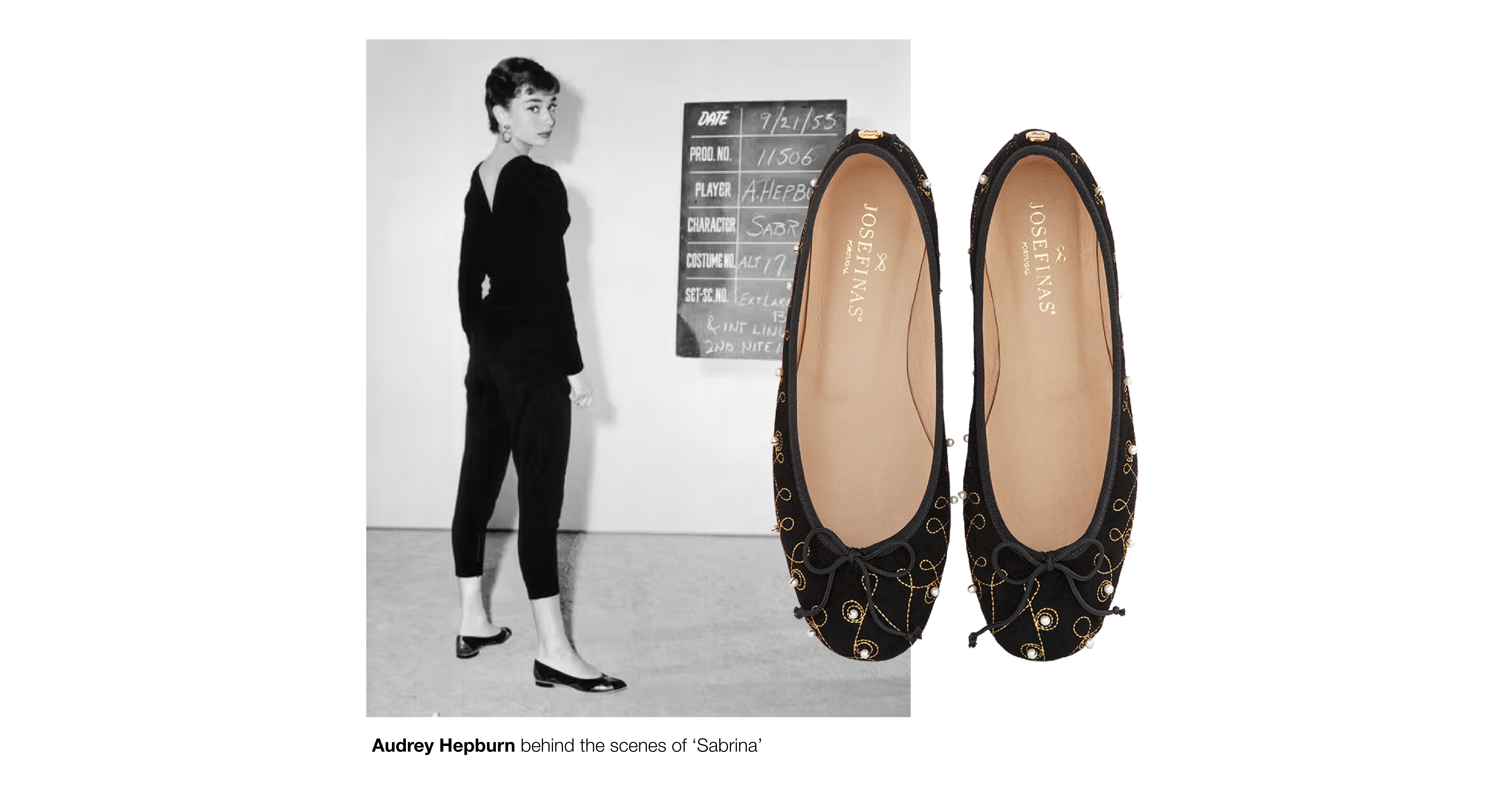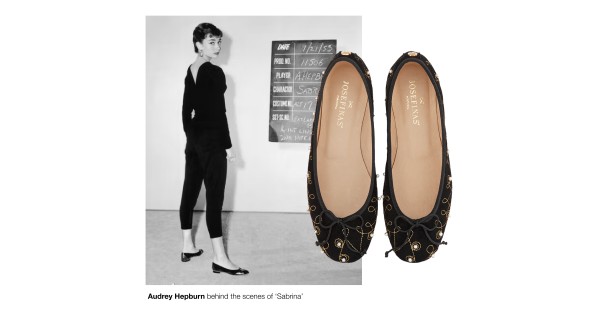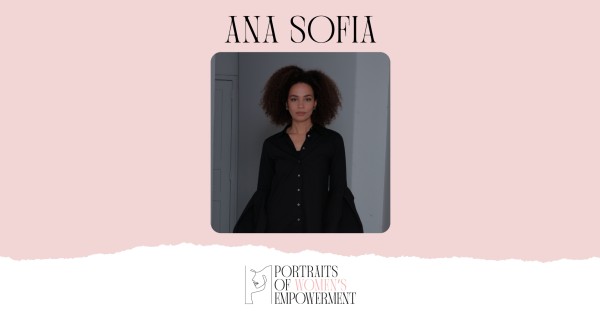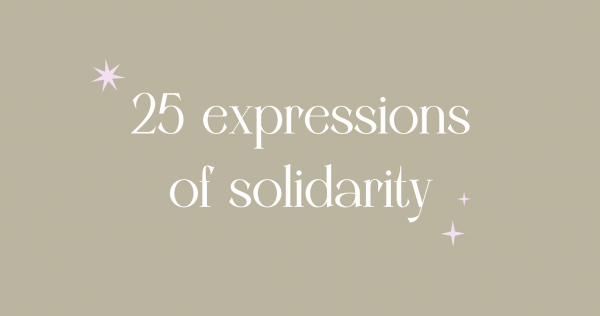Ballet flats were born in the world of classical dance, inspired by the shoes worn by ballerinas since the 18th century. It was Marie Camargo, a dancer at the Paris Opera, who dared to shorten ballet skirts to make more complex steps easier to perform and better appreciated by the audience. She also removed the heels from performance shoes and refined jumps, which until then had only been performed by men, thus revolutionizing the way women moved on stage. The choice was functional—freedom of movement and lightness on the feet—but it paved the way for a new aesthetic of femininity: delicate yet strong. The simple silhouette of ballet flats inherited this language of a free body, and it has never been the same since.
It wasn’t until the 1950s, however, that ballet flats definitively captured the public imagination, thanks to cinema and its unforgettable leading ladies. Audrey Hepburn became the ultimate ambassador of the style, wearing ballet flats in films like Sabrina (1954) and Funny Face (1957), combining lightness with sophistication. On screen, ballet flats became a style signature. Hepburn, with her graceful posture and radiant presence, pioneered the adoption of flats as an essential part of a sophisticated yet accessible wardrobe. The lightness and versatility of the shoes contrasted with the high heels of the era, offering a more practical and modern alternative for women on the move. The screen projected a new femininity: active, independent, and full of charm. Brigitte Bardot followed in her footsteps with irreverence and sensuality in the 1960s. Later, in the 1970s and 1980s, icons like Jane Birkin and Jackie Kennedy proved that ballet flats transcended generations, reinventing themselves with each woman who wore them.
Over the decades, ballet flats have always been present—sometimes understated, sometimes in the spotlight—but they have never stopped representing a practical, conscious idea of femininity. In the 1990s and 2000s, they made a strong comeback thanks to the minimalism movement and the return of “Parisian chic.” Inspired by this legacy spanning centuries and generations, Josefinas was born in 2013 with a vision: to transform ballet flats into a manifesto of female empowerment. Each pair is designed to inspire confidence and celebrate the individuality of the wearer. By choosing Josefinas ballet flats, a woman chooses to place herself at the center of her own story, taking delicate yet firm steps. In a world dictated by speed, ballet flats remind us of the importance of pause, presence, and softness. They are the opposite of rigidity. They are an invitation to comfort without sacrificing beauty. And just as in cinema, where details tell stories, the handcrafted finishes and quality materials of every Josefinas pair speak for themselves. Each model is handmade, with time, intention, and respect.
Today, in an era where comfort has been elevated to the status of luxury, ballet flats have cemented their place as an essential piece in the contemporary woman’s wardrobe. We draw inspiration from Portuguese heritage, from dance, from the muses of the silver screen, but above all, from real women who walk with elegance and freedom. In the Josefinas universe, ballet flats are—and always will be—an ode to femininity in its most authentic form.
To celebrate this timeless legacy, we invite you to discover the Josefinas Audrey Special Edition and the Collection nº 1, our most classic and iconic model, available in a variety of colors and patterns. A true wardrobe essential, designed to last while offering ultimate comfort with every step.
